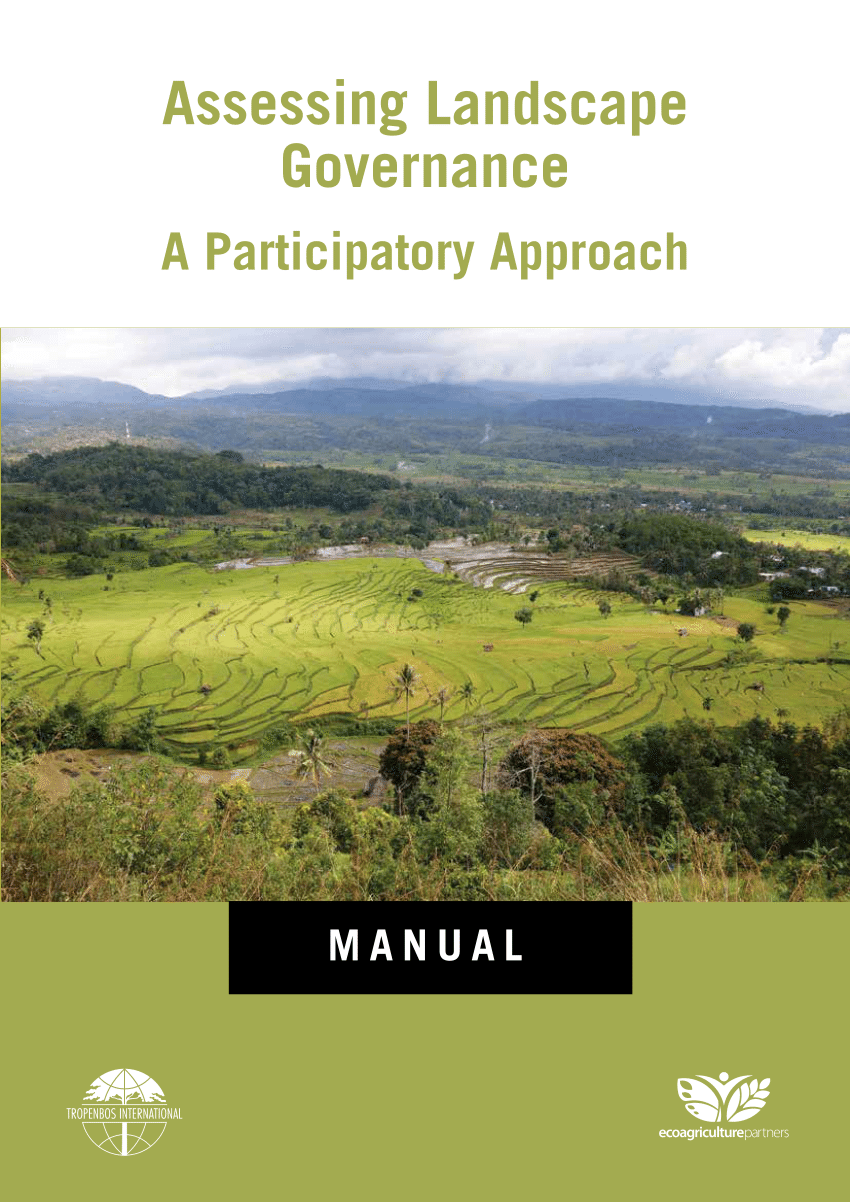Restoring forests and landscapes: the key to a sustainable future.
The negative consequences of human actions have brought our world and our future to a dangerous crossroads: will we be able to avert the worst impacts of climate change? How can we stop and reverse the loss of fertile soil, biodiversity, and other natural capital that supplies all our food and other basic needs? Where are the jobs for millions of unemployed young people?


